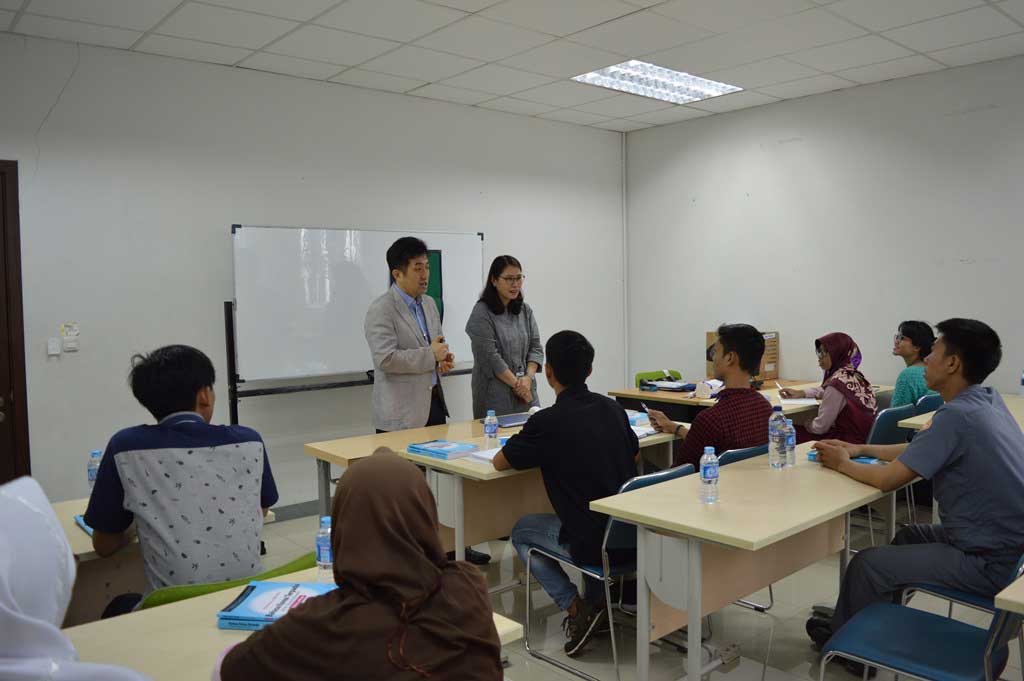 Oleh: Krismilani
Oleh: Krismilani
Creativity is the act of turning new and imaginative ideas into reality. Creativity involves two processes: thinking, and then producing. Innovation is the production or implementation of an idea. If you have ideas, but don’t act on them, you are imaginative but not creative.
Back then William Addis from England is believed to have produced the first mass-produced toothbrush in 1780. His idea of inventing toothbrush happened in 1770, at that time he had been jailed for causing a riot; while in prison he decided that the method used to clean teeth – at the time rubbing a rag with soot and salt on the teeth – was ineffective and could be improved. To that end, he saved a small animal bone left over from the meal he had eaten the previous night, into which he drilled small holes. He then obtained some bristles from one of his guards, which he tied in tufts that he then passed through the holes in the bone, and which he finally sealed with glue. After his release, he started a business that would manufacture the toothbrushes he had built, and he soon became very rich. He died in 1808, and left the business to his eldest son, also called William; the company was continuing, as of the middle of October 2013, to do business under the name of Wisdom Toothbrushes.By 1840 toothbrushes were being mass-produced in England, France, Germany, and Japan. Even in the darkest place like prison can’t make William Addis thoughts and creativity in jail, he can seek for opportunity and saw his situation from the bright side and make the best of it.
Make a habit of these seven practices, and you will be highly creative in your field:
1. Prepare the ground
Creativity requires an absorbed mind, a relaxed state of focus and attention. Give yourself the time and space you need to get completely absorbed in the zone of creativity and inspiration. Let the desire to create come from the pure pleasure of creative expression. If you worry about being perfect, you may never begin.
2. Plant seeds for creativity
“We are what we think. All that we are arises with our thoughts. With our thoughts we create the world.” —The Buddha
Focusing on what we think and set goals. Put our attention on what we want to create not on the problem. Keep optimist and positive mind to achieve what we desire.
3. Live in the question
It’s been said that at the age of 5, children ask 120 questions a day, at age 6 they ask only 60 questions a day, and at the age of 40, adults ask 4 questions a day. We adults need to embrace “beginner’s mind,” and ask questions, instead of trying to find immediate answers. Pay attention to questions other people ask, especially those from artists, scientists, and thought leaders. Collect questions you find compelling.
4. Feed your brain
Be curious and get interested in something and it will later provide you with a goldmine of ideas if you learn to make connections between people, places and things that would not ordinarily be connected. Combining ideas, and making connections are key practices of creativity employed by artists, designers, and scientists.
5. Experiment & explore
“I make more mistakes than anyone else I know, and sooner or later, I patent most of them.”—Thomas Edison
Edison was a both a prolific inventor and innovator, producing over 1,093 patents. He was also a master at learning from failed experiments. When he died in 1931 he left behind 3,500 notebooks containing details of his ideas and thoughts. If you follow your curiosity, experiment with ideas, and learn from your mistakes, the quality of your creativity will vastly improve.
6. Replenish your creative stock
We must learn to be self-nourishing. When our mind need to rest we switches into entertaining activity that full of art.
7. The secret to liberating your creativity
While there is no magic bullet that will liberate your creativity, it can be helpful to remember how you played as a child. What absorbed you to the extent that you lost track of time? Your child’s play provides the clue to your creativity, your talents and your passion. What connections can you make from lessons you have learned at play, that you can apply to your work?
Creativity takes on many forms in business, art, design, education and science. When we express our creativity in these domains, we have the ability to make life and work a work of art.
Picture Source: http://just-startkidsandschools.com/wp-content/uploads/2012/08/4459472-537635-creative-ideas.jpg









Leave a Reply